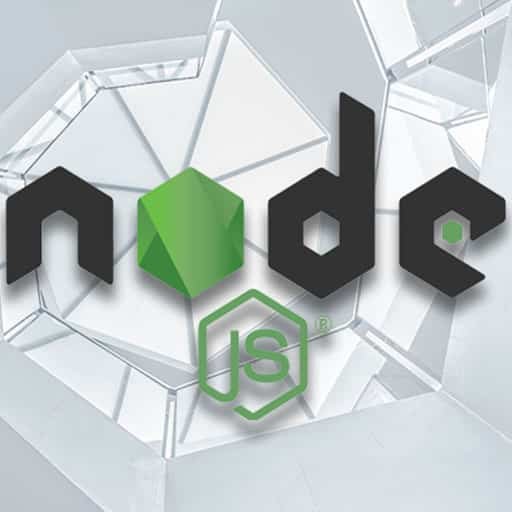
Node.js is a powerful platform for web scraping due to its asynchronous and event-driven nature. It allows developers to easily build scalable and efficient web scraping applications. In this article, we will explore some techniques and tools that can be used with Node.js for web scraping.
1. Request and Cheerio: Request is a popular library for making HTTP requests in Node.js, while Cheerio is a fast and flexible library for parsing HTML. Together, they provide a simple and effective way to scrape websites. Request can be used to fetch the HTML content of a webpage, and Cheerio can be used to extract the desired data from the HTML.
2. Puppeteer: Puppeteer is a Node.js library developed by Google that provides a high-level API for controlling headless Chrome or Chromium browsers. It can be used for tasks such as generating screenshots and PDFs of web pages, crawling SPA (Single Page Application) sites, and scraping dynamic websites. Puppeteer allows you to interact with the page, click buttons, fill forms, and extract data from the rendered HTML.
3. Nightmare: Nightmare is a high-level browser automation library for Node.js that uses Electron under the hood. It provides a simple and intuitive API for automating tasks in a headless browser. Nightmare can be used for web scraping by navigating to a webpage, interacting with the page, and extracting data using CSS selectors.
4. Axios: Axios is a popular HTTP client library for Node.js that provides an easy-to-use API for making HTTP requests. It supports promises and async/await, making it a great choice for web scraping. Axios can be used to fetch the HTML content of a webpage, and libraries like Cheerio or Puppeteer can be used to extract the desired data from the HTML.
5. Node-fetch: Node-fetch is a light-weight module that brings the Fetch API to Node.js. It provides a simple and consistent API for making HTTP requests. Node-fetch can be used to fetch the HTML content of a webpage, and libraries like Cheerio or Puppeteer can be used to extract the desired data from the HTML.
6. Async/await: Async/await is a powerful feature introduced in Node.js 8 that allows developers to write asynchronous code in a synchronous manner. It simplifies the process of handling asynchronous operations, making it easier to scrape websites. By using async/await, you can write cleaner and more readable code when making HTTP requests and extracting data from web pages.
In conclusion, Node.js provides a wide range of techniques and tools for web scraping. Whether you prefer using libraries like Cheerio and Request, or more advanced tools like Puppeteer and Nightmare, Node.js has you covered. With its asynchronous and event-driven nature, Node.js is a great choice for building scalable and efficient web scraping applications.